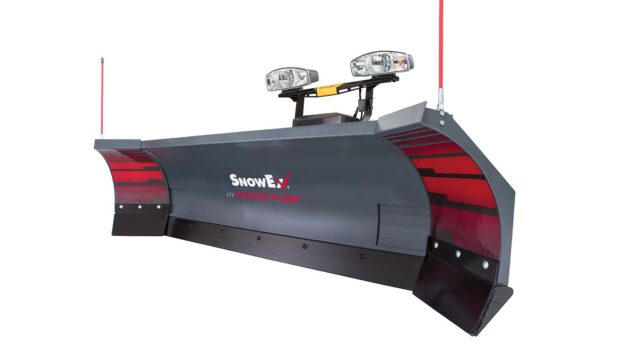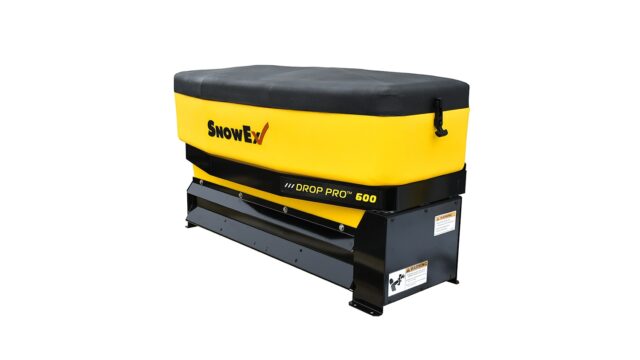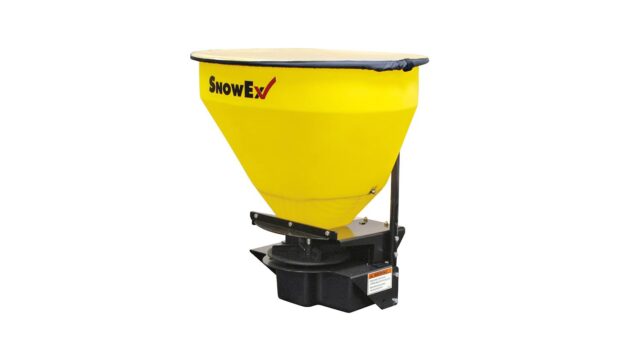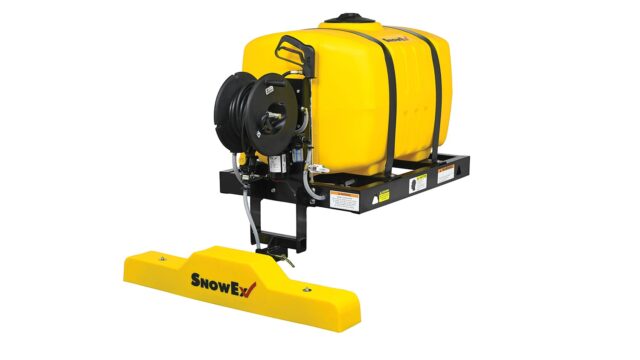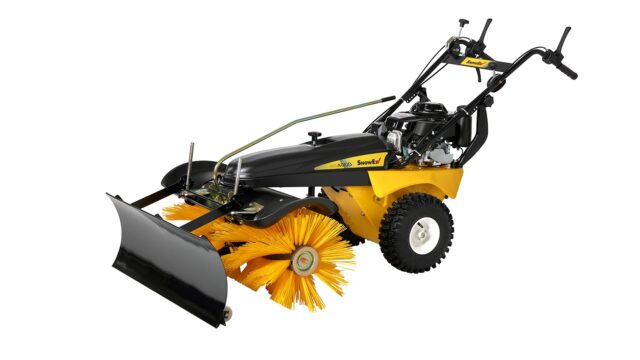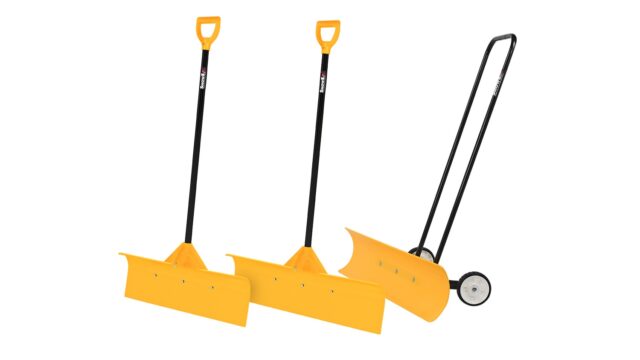Engineered Poly Hoppers to Reduce Corrosion
Created March 25, 2020

For years, corrosion has literally eaten away equipment budgets of snow and ice management fleets. Luckily, there are more options than ever to alleviate these concerns. One of the best places to start is to spec equipment that has rust-resistant material hoppers. Below is an overview of the three materials commonly used in spreader designs. Not every brand of spreader is available with steel, stainless steel and polyethylene models, so it’s important to see what each manufacturer has to offer before selecting a supplier.
- Steel: Traditional steel hoppers are most susceptible to corrosion. These units must be washed after every use and have paint chips touched up frequently, or they will start to corrode very quickly.
- Stainless Steel: Some manufacturers now offer stainless steel spreader options, which are corrosion resistant, unlike traditional steel spreaders. The downside, however, is that stainless steel comes with a significantly higher price tag.
- Polyethylene: Polyethylene hoppers were first introduced in the 1990s, offering a lightweight, noncorrosive and price-competitive alternative to steel and stainless steel. This trend gained so much traction that most manufacturers today offer polyethylene spreader models.
Noncorrosive Deicing Materials Available
Another way to help prevent spreader corrosion is to use noncorrosive deicers. Here’s a basic look at some of the materials available:
- Sodium Chloride (NaCl): Sodium chloride is the most widely used de-icing material, and it can also be made into brine. It is highly corrosive when used as either solid rock salt or liquid brine.
- Calcium Chloride (CaCl2): Available as flakes, pellets or natural liquid brine, this versatile deicer is commonly used to pre-wet. It is ideal for use at lower temperatures, but, like sodium chloride, is highly corrosive.
- Magnesium Chloride (MgCl2): Magnesium chloride can be used as flakes, pellets or liquid, but it is most commonly used as a pre-wetting agent to minimize salt bounce and reduce the freeze point. It is less corrosive than sodium chloride and calcium chloride.
- Calcium Magnesium Acetate (CMA): CMA comes in powder, crystal, pellet or liquid form. It is a biodegradeable corrosion inhibitor, so liquid CMA is often added to sodium chloride for bridges and parking decks, where corrosion is a big concern.
Organic Brine Enhancers
Commonly derived from corn syrup, sugar cane, and sugar beet byproducts, organic enhancers have no melting properties alone. However, when blended with brine at 20- to 30-percent concentration, they can increase brine’s melt capacity, lower its eutectic temperature, and reduce corrosiveness by up to 75 percent.
Engineered Material to Reduce Corrosion
Also known as super blends, engineered products are various combinations of salt brine, exothermic chlorides and organic additives. In addition to melting ice at lower temperatures, engineered products are substantially less corrosive than pure sodium chloride brine.
Prices fluctuate by year and geographic location, but municipalities can generally expect to pay a premium for less corrosive materials. Keep in mind that the higher cost of using noncorrosive de-icers can be offset some by applying it with efficient spreaders and sprayers that are designed to reduce material waste. Additionally, using noncorrosive materials may be less important to municipalities if they invest in corrosion-resistant equipment in the first place.









